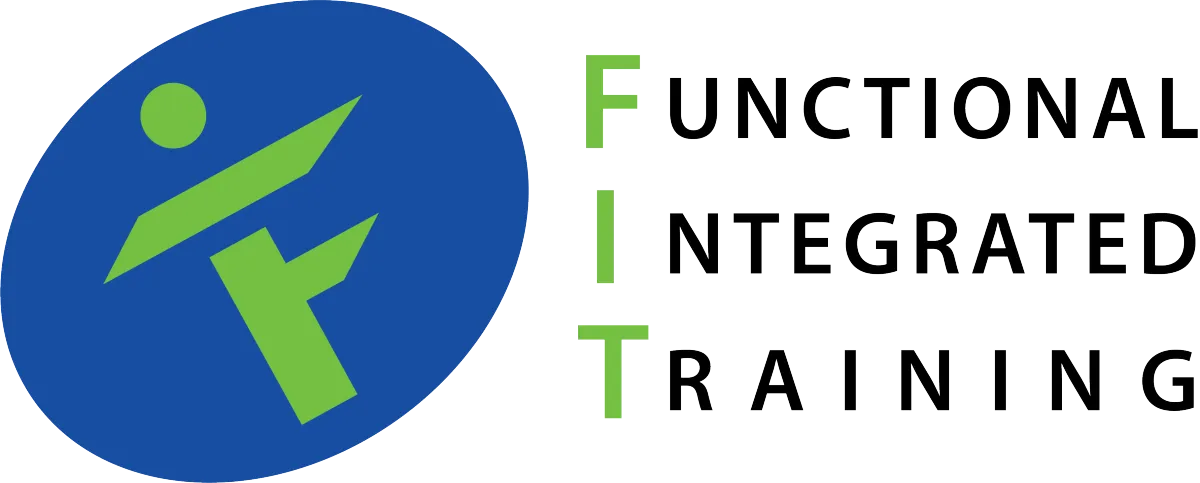STRENGTH TRAINING BLOG

A Beginner's Guide to Isometric Exercises for Healthy Aging
A Beginner’s Guide to Isometric Exercises for Better Aging
Blog Description:
Discover how isometric exercises can improve strength, stability, and mobility as you age. Learn simple, low-impact routines to support your joints and muscles. Visit Functional Integrated Training in Fitchburg, WI for expert guidance. Start your fitness journey today!
As we age, maintaining muscle strength and joint flexibility becomes increasingly important to preserve independence and quality of life. At Functional Integrated Training in Fitchburg, WI, we recognize the challenges that come with aging and are dedicated to providing effective solutions. One such solution is incorporating isometric exercises into your fitness routine. These exercises are designed to enhance strength and stability without the need for high-impact movements, making them ideal for older adults.
Understanding Isometric Exercises
What Are Isometric Exercises?
Isometric exercises involve the contraction of specific muscle groups without any visible movement in the surrounding joints. This means that while the muscle is engaged and working hard, there is no change in its length, and the joint angle remains constant. Common examples include planks, wall sits, and static holds.
How Do They Work?
During an isometric exercise, you engage a muscle or group of muscles and hold that contraction for a set period. This sustained tension helps to build muscle endurance and strength. Since there is no joint movement, isometric exercises are gentle on the joints, reducing the risk of injury and making them suitable for individuals with arthritis or joint pain.
Benefits of Isometric Exercises for Aging Adults
Improved Muscle Strength
As we age, muscle mass naturally decreases, leading to reduced strength and mobility. Isometric exercises help counteract this decline by engaging muscles without excessive strain. Regular practice can support daily activities, making movements like standing, walking, and lifting easier.
Enhanced Joint Stability
Weak muscles around the joints can lead to instability and a higher risk of injuries. Isometric exercises strengthen these supporting muscles, improving balance and coordination. This added stability helps prevent falls, which are a common concern for older adults.
Low Impact
Unlike high-intensity workouts, isometric exercises put minimal stress on the joints, making them a great choice for those with arthritis or previous injuries. They provide an effective way to build strength and endurance without excessive movement that could lead to pain or discomfort.
Convenience
One of the biggest advantages of isometric exercises is that they require little to no equipment. Whether at home, in the office, or while traveling, you can perform these exercises anywhere. Their simplicity makes them an excellent addition to any fitness routine, regardless of experience level.
Getting Started with Isometric Exercises
Before beginning any new exercise regimen, especially if you have existing health conditions, it's essential to consult with a healthcare professional. Once cleared, consider the following steps:
1. Warm-Up
A proper warm-up increases blood flow to the muscles, preparing them for exercise and reducing the risk of injury. Simple activities like marching in place or gentle arm swings for 5-10 minutes can suffice.
2. Basic Isometric Exercises
Here are some beginner-friendly isometric exercises to incorporate into your routine:
a. Wall Sit
How to Perform: Stand with your back against a wall, feet shoulder-width apart. Slowly slide down the wall until your knees are bent at a 90-degree angle, as if sitting in an invisible chair. Hold this position for 15-30 seconds, ensuring your knees don't extend past your toes.
Benefits: Strengthens the quadriceps, glutes, and calves, enhancing lower body strength and endurance.
b. Plank
How to Perform: Position yourself face down with forearms and toes on the floor, keeping your body in a straight line from head to heels. Engage your core muscles and hold this position for 15-30 seconds, avoiding any sagging or arching of the back.
Benefits: Targets the core muscles, including the abdominals and lower back, promoting better posture and stability.
c. Seated Leg Press (Without Machine)
How to Perform: Sit upright in a sturdy chair with feet flat on the floor. Place your hands on your thighs just above the knees. While pressing your hands downward, simultaneously push your thighs upward, creating resistance. Hold this contraction for 10-15 seconds.
Benefits: Engages the thigh muscles, aiding in improved leg strength and functionality.
3. Progression and Consistency
Start Slow: If you're new to isometric exercises, begin with shorter hold times, around 10-15 seconds, to allow your muscles to adapt. As your strength improves, gradually increase the duration and intensity to challenge your muscles without overstraining them.
Frequency: For the best results, aim to perform isometric exercises 2-3 times per week. This allows your muscles to recover while still building strength. Overtraining can lead to fatigue or strain, so ensure you have rest days between sessions.
Listen to Your Body: Mild muscle fatigue is normal, but sharp pain or discomfort is a sign to stop. Isometric exercises should feel challenging but not painful. If you experience persistent pain, adjust your form, reduce the intensity, or consult a professional for guidance.
Integrating Isometric Exercises into Daily Life
Incorporating isometric exercises into your daily routine doesn't have to be time-consuming. Here are some practical tips:
During Daily Activities: Practice wall sits while watching television or standing calf raises while brushing your teeth.
Short Sessions: Even dedicating 10-15 minutes a day to isometric exercises can yield significant benefits over time.
Combine with Other Activities: Incorporate isometric holds into your regular workout routine, such as holding a squat position during strength training sessions.
Safety Considerations
While isometric exercises are generally safe, especially for older adults, consider the following precautions:
Breathing: Avoid holding your breath during exercises, as this can increase blood pressure. Instead, practice steady, controlled breathing.
Proper Form: Maintaining correct posture ensures the exercises are effective and reduces the risk of injury.
Medical Conditions: Individuals with cardiovascular issues should consult their doctor before starting isometric exercises, as these exercises can cause a temporary increase in blood pressure.
Conclusion
Incorporating isometric exercises into your fitness routine can significantly enhance muscle strength, joint stability, and overall quality of life as you age. At Functional Integrated Training in Fitchburg, WI, we are committed to supporting you on this journey. Our team of experienced trainers can provide personalized guidance to ensure you perform these exercises safely and effectively.
Call to Action: Ready to take the next step towards improved strength and mobility? Click the "Request More Information" button on our website to learn more about our personalized training programs at Functional Integrated Training in Fitchburg, WI.





